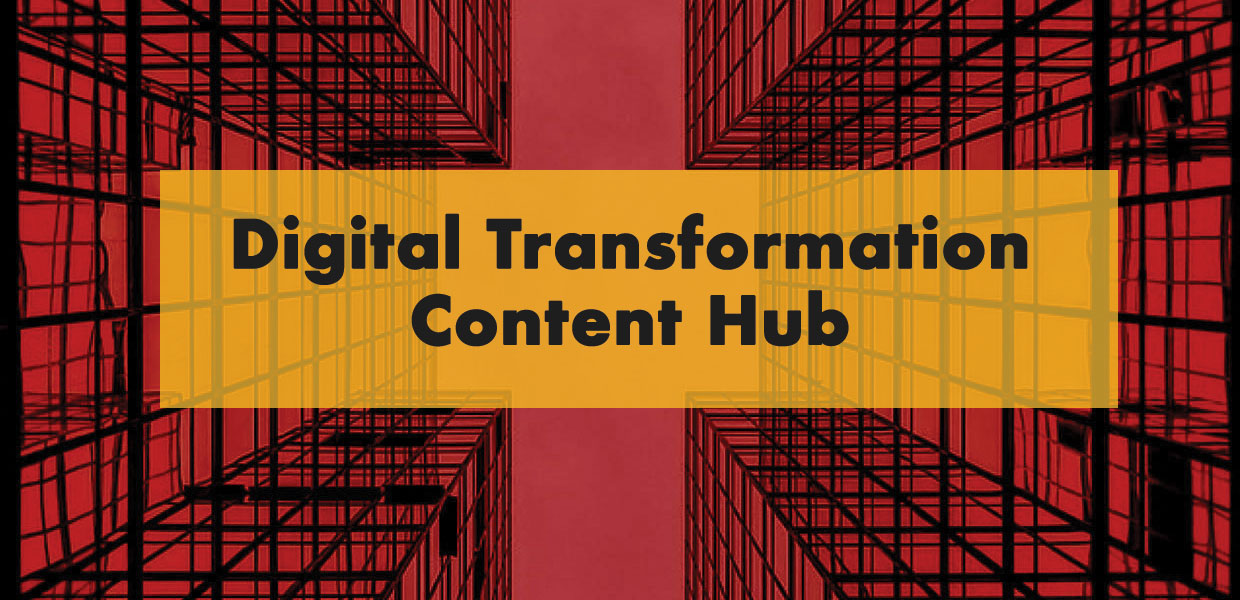Results from the 2014 Altimeter Study on the State of Digital Transformation show that 88% of business leaders state that their business is undergoing digital transformation. Yet only 25% are focusing on the customer journey and new digital touch points.
This raises a big question on whether leaders and organizations have clearly understood what it means to undergo a digital transformation.
This scenario brings me back to 2009 when Cloud Computing was the buzzword. Businesses did not really understand what it meant but all of them wanted to jump on the bandwagon. This clearly mirrors the digital transformation era today.
The big difference between the two is that digital transformation is not as easy to grasp as cloud computing because the former affects people, business processes and the ecosystem whilst the latter only affects technological infrastructure.
Leaders know the importance of digital transformation, but many are not championing change within their organization. When I meet clients from different industries, they express their eagerness to understand what digital transformation really is, and how they can work towards incorporating these initiatives to transform their organization.
I think that the easiest way to understand what digital transformation is to first understand what it is not:
- It is not just a new way to market or sell to customers.
- Doing away with your legacy infrastructure and adopting new technological infrastructure does not mean that your business is on the path to digital transformation.
- Digital transformation is not a framework or set of rules, neither is it a platform nor form of technology that organizations can adopt.
Digital transformation is a process. This process starts with organizational alignment and building integrated internal digital capabilities to provide seamless customer experience. Here, people and a digital mindset are at the core of the process with adoption of digital platforms, tools and techniques as the catalyst. This means that the organization’s ecosystem and processes have to undergo changes.
Mapping the customer journey to understand the offline and online touchpoints of your potential and existing customers should be the main objective behind digital transformation. Giving your customers a great experience that exceeds their expectations whilst delighting them without disrupting their lifestyle is the result of your organisation’s digital transformation process.
Priority in Digital Transformation Process
- A common pattern that I have observed when I meet potential clients who struggle with change management is their constant focus on new digital platforms, tools and products. While that is important, the main thing that leadership and organisations have to focus on is people.
- The biggest success factor of digital transformation is people.
- To empower your staff, change has to start internally by breaking functional silos and building an internal framework where the strategy, technology, marketing, product and sales teams can work in a connected way, driven by data insights and empowered by digital tools, devices and the ability to work from anywhere.
- Organisational alignment coupled with knowing when and how your customers are interacting with your business will empower your teams to create an extraordinary customer experience.
Disruption vs Innovation
For some, digital transformation means the disruption of old methodologies and business processes. For others, digital transformation is simply innovating based on existing processes.
Passion Peers is currently working with a large brick and mortar retail store in India who wants to launch an online store. This transformation brings digital disruption for them. This may seem like an easy shift but has actually impacted many parts of their business, including how they manage their logistics, supply chain, resources and sales cycle. Along with providing strategy, our team is building their digital capabilities and helping them to restructure their organization. Our Academy team is currently training their customer service staff to become experts at social customer service by building a robust customer relationship management (CRM) system that will connect the offline and online database to map customer identity and provide their customers with a seamless experience.
We are also working with another consumer electronics brand in APAC to innovate and improve their existing dealer system and build a centralized digital dashboard that will give them customer and sales data from all their dealers. The system is driven by data and performance insights, pushing offers and incentives in a personalized way to their dealers across different regions.
There are many solutions in the market for big data, social media and mobile but most, if not all of them are fragmented. What if you could integrate these solutions? Passion Peers is here to help in every step of the way. From providing an integrated solution to helping to setup, we help you create a seamless experience for your customers.
If customer experience is at the heart of digital transformation, then educating your employees on how to use these digital tools will help to power your company’s digital transformation.
